LeetCode练习题--567.字符串的排列
今天刷题的时候,突然发现了一个问题:

为什么明明是相同的Integer值,有的时候使用"=="就可以,有的时候则必须使用equals方法来进行判断???
于是我开始在网上查阅资料,几经无果,我开始阅读源码,一段时间后我才知道:原来Integer还有这样一种说法-----Integer的缓存机制
public static Integer valueOf(int var0) {return var0 >= -128 && var0 <= Integer.IntegerCache.high ? Integer.IntegerCache.cache[var0 + 128] : new Integer(var0);
}在我们定义一个Integer的时候,系统会自动调用Integer.valueOf(),进行一个自动装箱,在创建时Integer类会先进行一个判断:看你传入的这个参数是否在-128~127之间,如果在其中的话,会调用IntegerCache中定义的方法
/**
* Cache to support the object identity semantics of autoboxing for values
* between -128 and 127 (inclusive) as required by JLS.
*/
private static class IntegerCache {static final int low = -128;static final int high;static final Integer cache[];
}如果我们传入的值在-128~127之内的话,他就会自动返回IntegerCache中已经提前创建好的Integer对象,这就是Integer的缓存机制
说的清楚一点就是(人话):
在JVM启动时创建一个包含-128到127之间整数的对象数组,用于缓存这个范围内的Integer对象实例。当需要这些范围内的整数时,可以直接从缓存中获取对象,而不需要创建新的对象。
举个例子:
Integer a = 100;
Integer b = 100;
System.out.println(a == b); // 输出 true,因为两个引用都指向同一个缓存对象Integer c = 1000;
Integer d = 1000;
System.out.println(c == d); // 输出 false,因为超出了缓存范围,所以创建了不同的对象
这种机制可以显著提高程序的性能,因为它减少了频繁使用的整数值的重复对象创建。



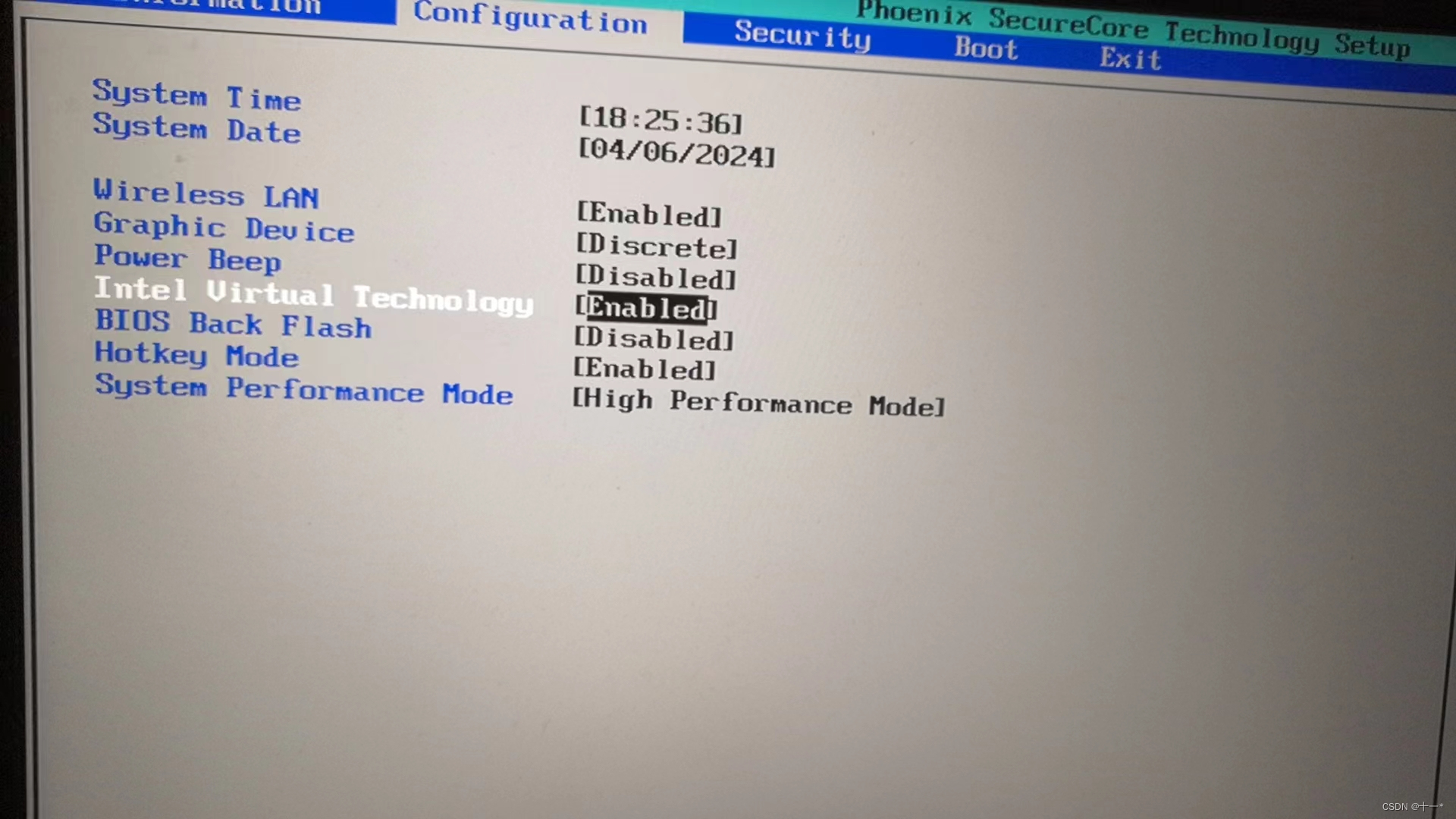

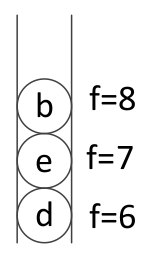

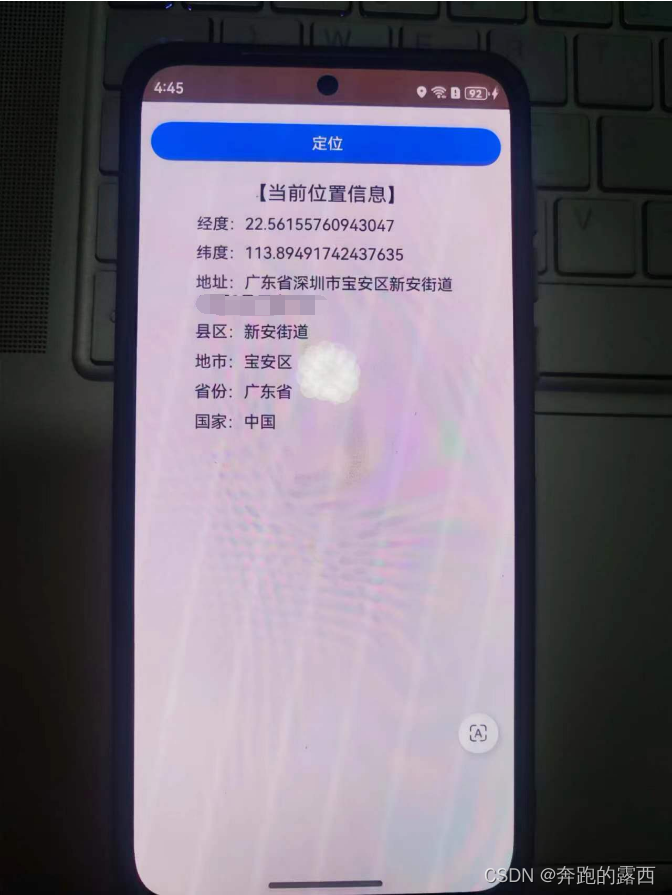
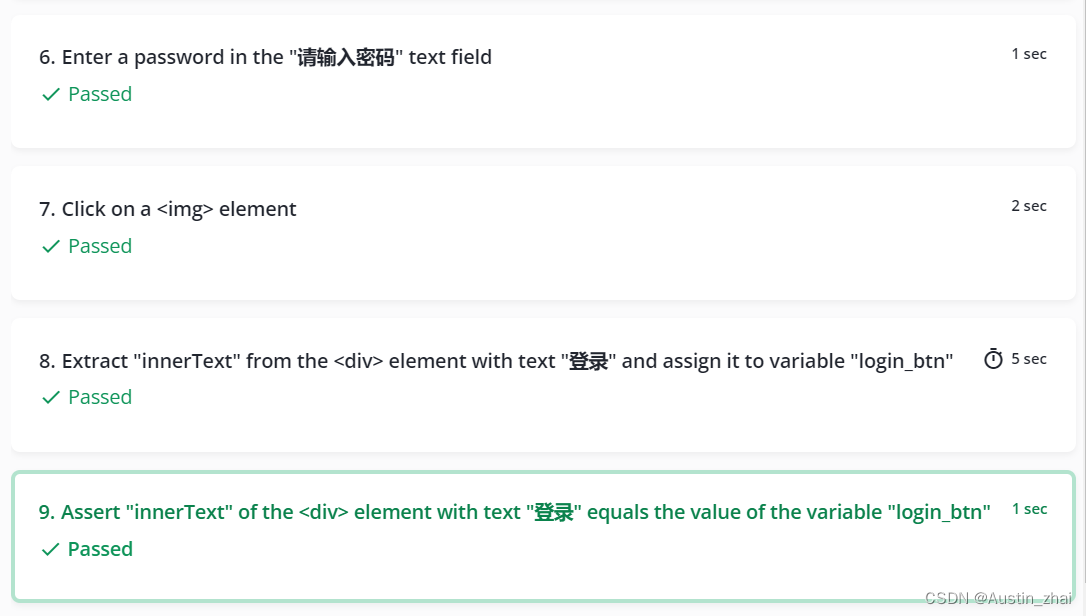


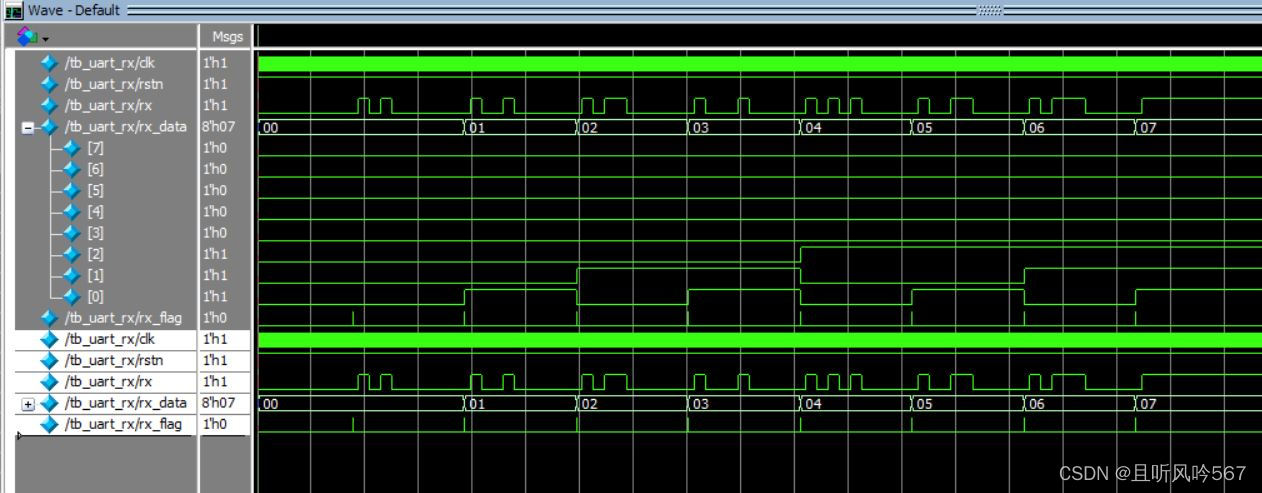
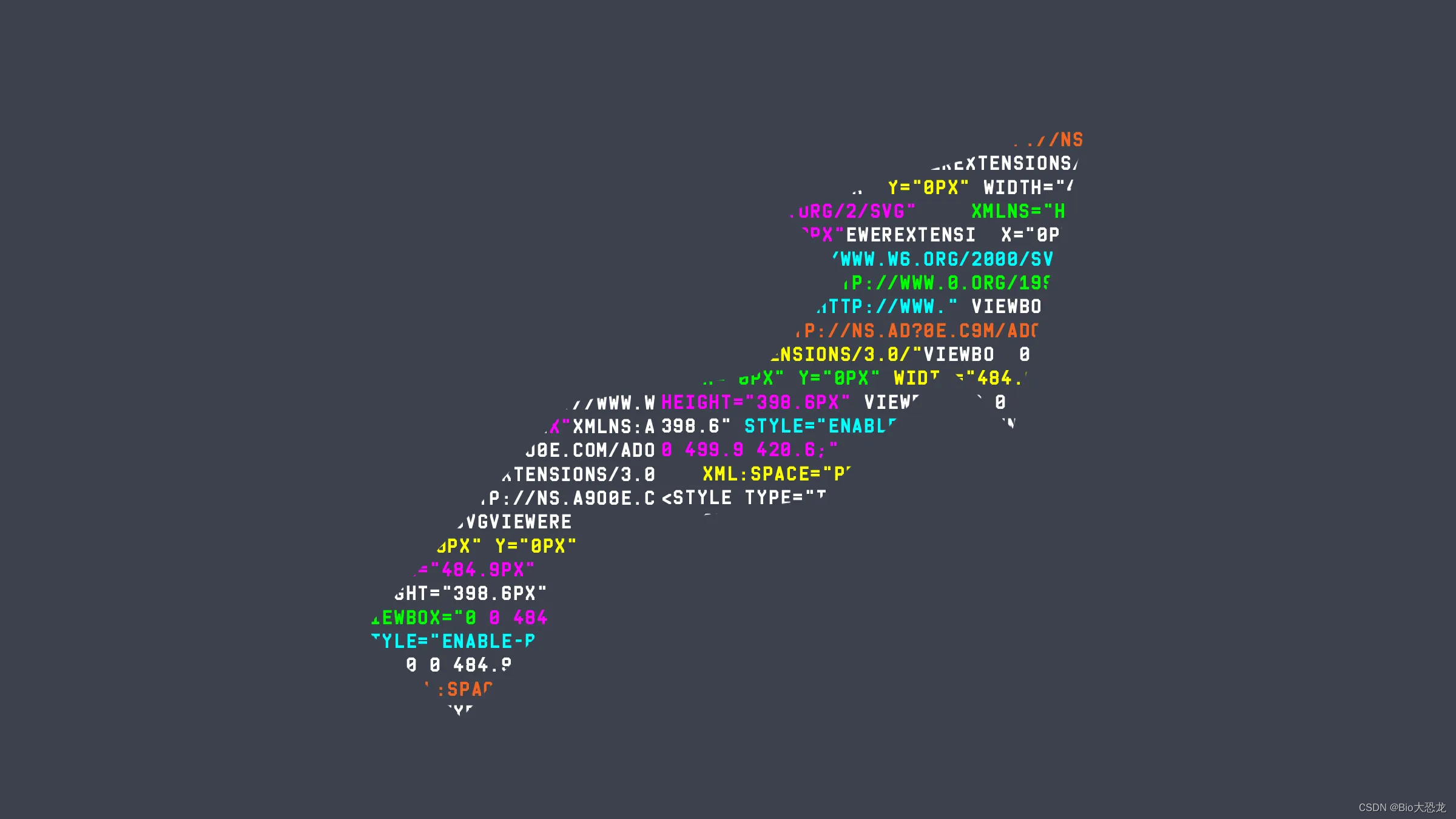

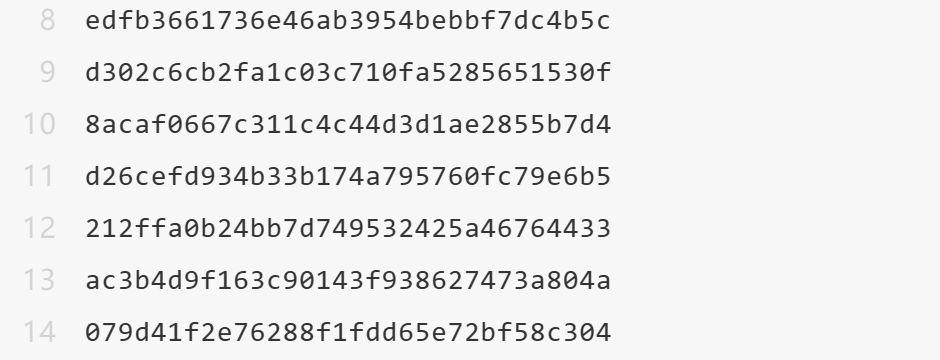

![Bigtable [OSDI‘06] 论文阅读笔记](https://img-blog.csdnimg.cn/direct/644ba4d07de14c358ceaea509f2409f3.png#pic_center)

